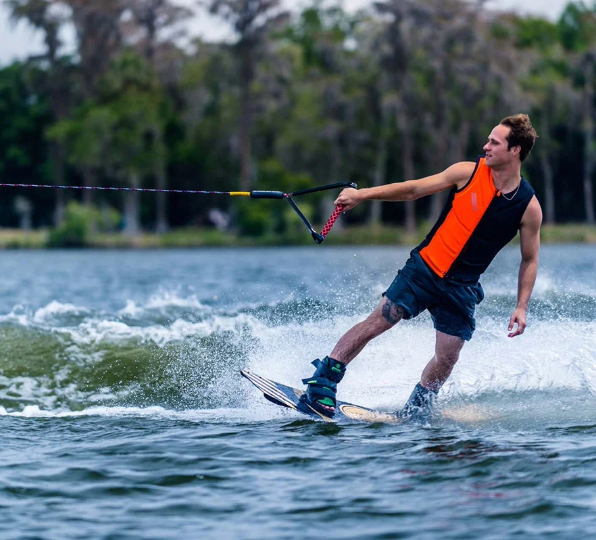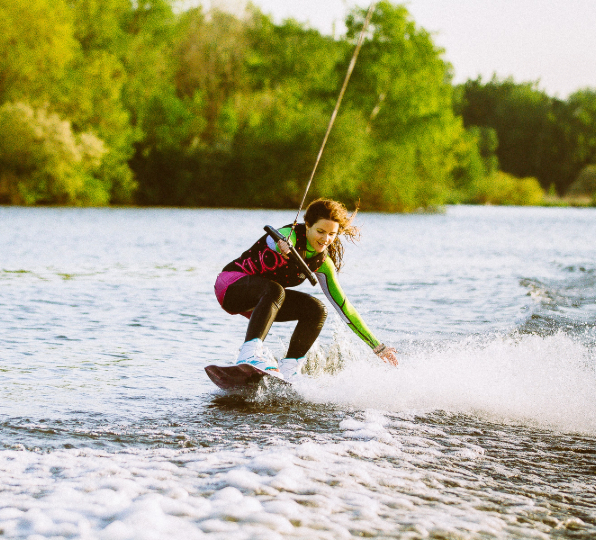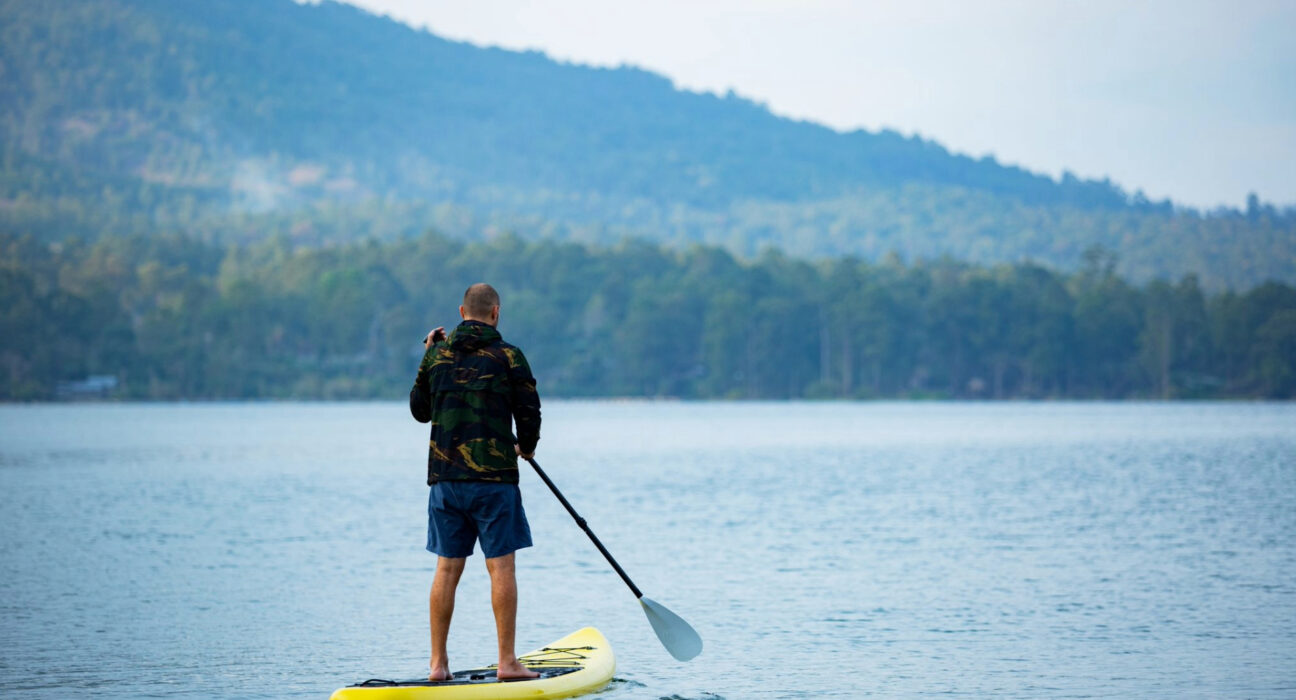Introduction:
Paddle boarding, once primarily associated with leisurely activities on serene waters, has evolved into a dynamic and effective full-body workout. Beyond the tranquility of gliding over water surfaces, paddle boarding offers a unique opportunity to engage and strengthen the core muscles. In this exploration, we delve into the transformative benefits of paddle boarding for core fitness, examining the mechanics of the sport, its impact on the body, and how it seamlessly blends exercise with the serenity of nature.
1. Core Engagement on the Board
At the heart of paddle boarding lies a natural synergy with core engagement. Balancing on the board requires constant adjustments, activating the muscles of the core to stabilize the body. Whether cruising along calm waters or navigating gentle waves, the core muscles are continuously at work, contributing to improved strength, stability, and overall fitness.
2. Balancing Act
Paddle boarding demands a delicate balancing act that engages the deep stabilizing muscles of the core. As you stand on the board, the constant sway and movement of the water necessitate adjustments in weight distribution. This dynamic equilibrium not only challenges the core muscles but also enhances their endurance and responsiveness over time.
3.Full-Body Integration
While the core is a focal point of paddle boarding fitness, the sport also engages various muscle groups throughout the body. The legs are involved in maintaining a stable stance, the arms and shoulders are active during paddle strokes, and the back muscles contribute to overall posture. This full-body integration ensures a comprehensive and effective workout, making paddle boarding a versatile exercise option.
4.Paddle Strokes and Core Activation
Paddle strokes, a fundamental aspect of paddle boarding, provide an excellent opportunity to target the core muscles. The rotational movements involved in paddling engage the obliques, rectus abdominis, and transverse abdominis, contributing to a well-rounded core workout. Efficient paddle strokes not only propel the board forward but also intensify the engagement of the abdominal muscles.
5.Improving Posture and Alignment
Paddle boarding promotes good posture and spinal alignment as you navigate the water. To maintain balance, the spine needs to be in a neutral position, reducing the strain on the lower back and enhancing overall posture. This emphasis on alignment contributes to a healthier spine and mitigates the risks of developing postural issues associated with sedentary lifestyles.
6. Mind-Body Connection
Paddle boarding isn’t just a physical activity; it’s a practice that encourages a strong mind-body connection. The need for focus and concentration while balancing on the board fosters mindfulness, promoting mental clarity and stress reduction. The rhythmic sound of the paddle hitting the water becomes a meditative backdrop, enhancing the overall experience of being one with nature.
7. Caloric Expenditure and Weight Management
Paddle boarding is not only an enjoyable way to stay active but also an effective means of burning calories. The combination of paddling, balancing, and engaging multiple muscle groups results in a calorie-burning workout. Whether you’re cruising at a leisurely pace or incorporating more vigorous strokes, paddleboarding can contribute to weight management and overall fitness.
8. Low-Impact Exercise
Unlike high-impact activities, paddle boarding is gentle on the joints. The buoyancy of the water reduces the impact on the knees, hips, and ankles, making it an accessible exercise option for individuals of various fitness levels and ages. This low-impact nature allows for consistent training without placing undue stress on the body.
9. Variety in Terrain and Conditions
Paddle boarding offers the advantage of training in diverse water conditions. From calm lakes and rivers to more challenging coastal waves, the variability in water terrain adds an extra dimension to the workout. Navigating different conditions requires increased adaptability from the core muscles, providing a more comprehensive and engaging fitness experience.
10.Social and Recreational Aspects
Paddle boarding is not only a solo endeavor but also a social and recreational activity. Sharing the experience with friends or joining group paddleboard sessions adds a social element to the workout. The camaraderie and shared enjoyment enhance the overall well-being benefits of paddle boarding, making it a delightful fitness option.
11.Equipment and Accessibility
Paddle boarding requires minimal equipment – a paddleboard, a paddle, and a body of water. This simplicity makes it a highly accessible activity that can be enjoyed by individuals of all fitness levels. With inflatable paddleboards and portable gear, it’s possible to explore paddle boarding in various locations, further promoting its accessibility.
12.Skill Progression and Mastery
Paddle boarding offers the opportunity for skill progression and mastery. As individuals become more adept at balancing, navigating currents, and refining paddle techniques, the workout intensity can be adjusted accordingly. This adaptability ensures that paddle boarding remains a challenging and rewarding fitness pursuit as skills evolve.


Conclusion:
The Feldenkrais Technique offers a unique and holistic approach to movement re-education, emphasizing mindfulness, variability, and the potential for neuroplasticity. While scientific evidence supporting its efficacy is still evolving, anecdotal evidence and preliminary studies suggest positive outcomes, particularly in addressing chronic pain and functional limitations. As with any therapeutic approach, individual responses to the Feldenkrais Technique may vary. Some may find profound benefits in terms of improved movement, reduced pain, and enhanced well-being, while others may experience more modest changes. As research on the Feldenkrais Technique continues, a deeper understanding of its mechanisms and applications will likely emerge, further contributing to the evolving landscape of somatic education and holistic well-being.












